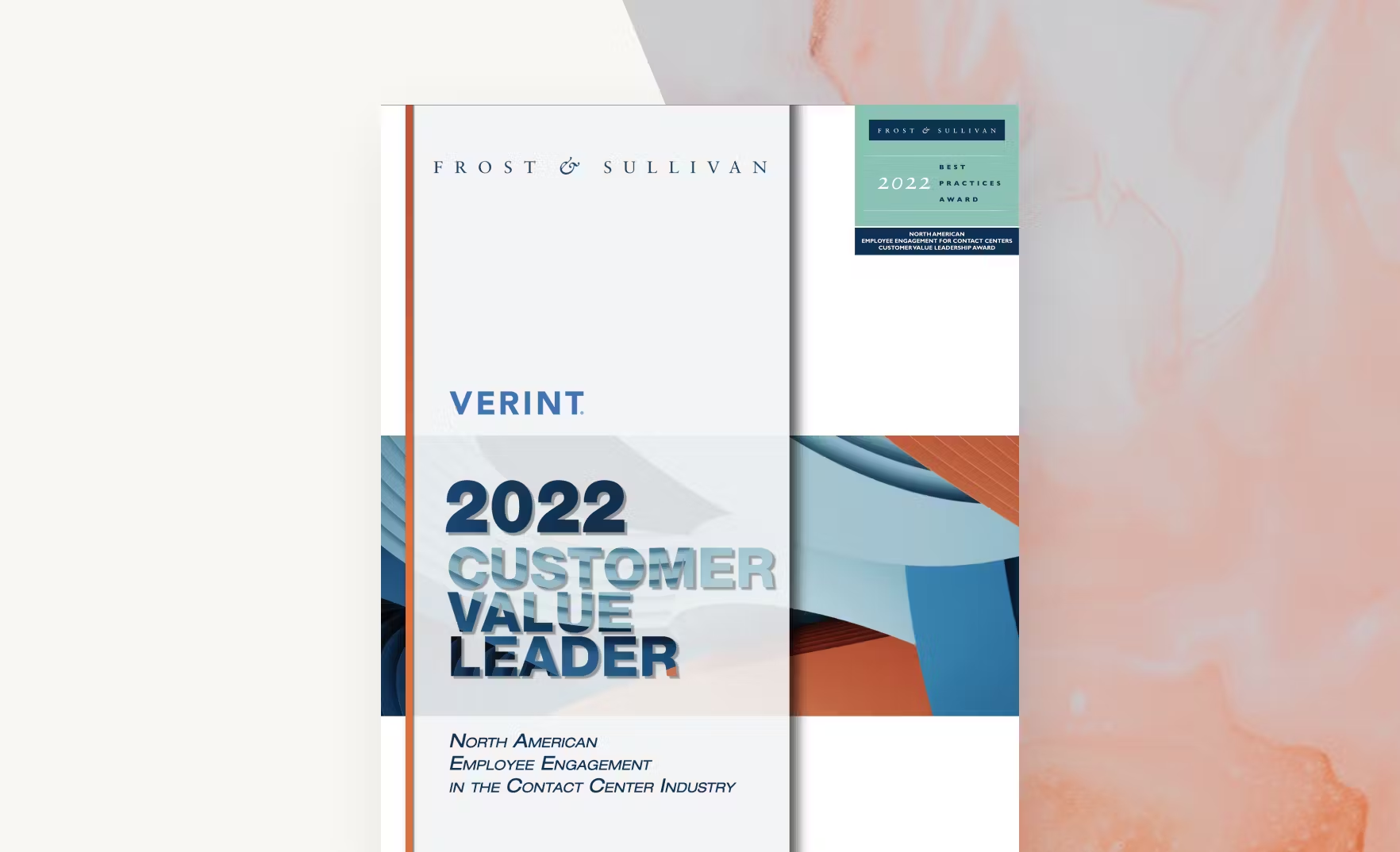
Are You Losing Out with These 3 Common Speech Analytics Mistakes?


It’s occurred to me that the way many people treat speech analytics is like someone eating a jelly donut. They just eat the outer cake and don’t enjoy the delicious jelly inside.
A weird analogy, maybe? But the truth is, with the right tools, speech analytics can go well beyond call transcription and analysis and provide valuable and actionable insights that span your entire organization.
So, what do you need to do to capitalize on the full scope of what speech analytics can tell you about your customers’ sentiment about your organization? Let’s look at three of the common pitfalls that could be holding you back.
1. Relegating speech analytics to just surfacing customer care issues
When you limit your approach to speech analytics solely to monitoring, you’re missing out on a whole host of opportunities to uncover—and act upon—insights from across your organization.
Here’s an example. A customer calls customer service and, during the call, mentions that they had previously tried resolving their issue via a digital channel, such as your website IVA. It’s logical to then assume there was something amiss with that prior interaction. Analyzing the conversation can uncover a whole host of valuable information about the customer’s experience and challenges they encountered in their interactions.
Using this new insight can point the way to making improvements that could significantly improve your customer’s overall satisfaction.
A real-world example of this is a major insurance company and a Verint customer. Upon analyzing calls to their contact center, it became evident that these calls were prompted by issues uploading files when making insurance claims. One problem was the fact that they were not sure the files had been received (there was no automatic confirmation), and so they were calling to confirm receipt.
The other major issue was the lack of clear information regarding specifications for the uploads. So, once again, people were calling the contact center for help. All of this led to over one million calls annually, each of which averaged almost 13 minutes! Because Verint Speech Analytics had helped to identify these specific issues, the insurer quickly added a confirmation page for uploads and implemented better error handling for upload issues.
As a result, the insurer has been able to reduce the number of calls by 25% and save a whopping $2.3 million annually!
2. Failing to properly plan, establish, and maintain categories
Speech analytics doesn’t happen in a vacuum. You need to identify, group, and organize the words and phrases spoken during calls into themes to reveal rising trends and areas of opportunity or concern. To get the most complete picture, you need to have a solution that goes beyond merely isolating words used repeatedly during a specific time period.
A solution that can not only identify and group words that are different but uses contextual analytics to relate them to a particular topic, such as relating words such as “overage,” “minutes of usage,” and “late charges” to “fees.” With this innovative type of functionality, you can go on to quickly build categories that reflect current customer issues and concerns across thousands of calls—helping you take action right away.
However, failing to keep your categories up-to-date means that you are likely missing out on key insights as trends change. That’s why it’s so critical to not only plan ahead and adapt as your needs change, but also to regularly review your established categories to make sure they stay current.
For example, should you suddenly start seeing a spike in call volume in a given week, your up-to-date set of categories can quickly point you to the types of calls that are out of the ordinary. Armed with this information, you have a head start on seeing where you need to explore further to identify the root causes for this increase in call volume and—in turn—will be able to begin addressing any problems sooner.
3. Failure to dedicate sufficient resources
Despite everything that’s in the news today about the rise of AI, human beings are not yet obsolete! Organizations still need to make sure they dedicate sufficient resources to get to the root of the problems uncovered through speech analytics . . . so, humankind remains safe for now. Phew!
Seriously though, not only do you need to have people dedicated to the initial set-up of your solution and generation of reports—you also need to make sure that you’ve allocated the resources needed to dig in and analyze those reports to uncover problems and then identify ways to address them.
The problem? It may be challenging to get resources for issues that have yet to be identified. It turns into a “Catch-22”—“we can’t dedicate resources unless we can prove the value in doing so…but we can’t prove the value without dedicating resources.” So, what’s the solution?
Start with a dose of reality. Speech analytics identifies where problems lie, but it simply can’t fix anything without the intervention of individuals trained to look at the uncovered trends, make sense of what this data is telling them, and then implement the necessary changes. Because ultimately, the cost of not addressing the problems can be very high—dissatisfied customers and lost business.
Give Yourself Every Advantage
Today, competition for customers is fierce in virtually every industry. Being able to extract every bit of information about what’s working—and what’s not—for your customers is crucial in the race for market share.
Verint Speech Analytics’ enterprise-grade solution transcribes 100% of recorded calls to automatically discover and analyze words, phrases, categories, and themes so you can:
- Enhance contact center performance with insights to reduce agent handle time and improve first-call resolution
- Discover customer insights regarding satisfaction, business issues, competitive intelligence, and the effectiveness of marketing campaigns
- Reduce churn by discovering root causes of problems before they can escalate
- Improve your quality monitoring by reviewing large samples and specific call types
To learn more about speech analytics and all things customer engagement related, join us for Engage 2023, live in Las Vegas—June 12–15.
Hope to see you there!

